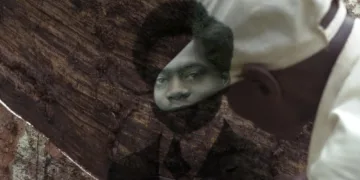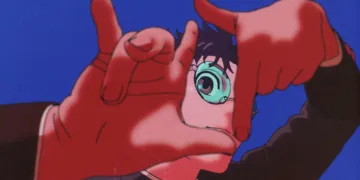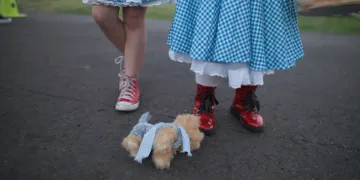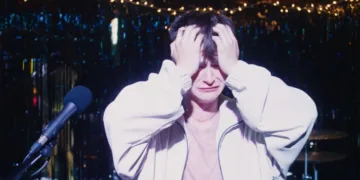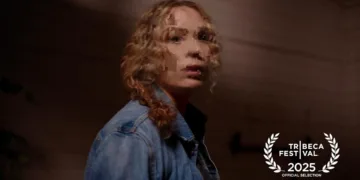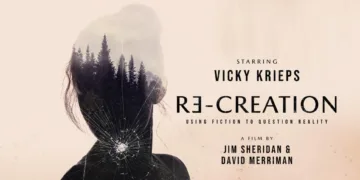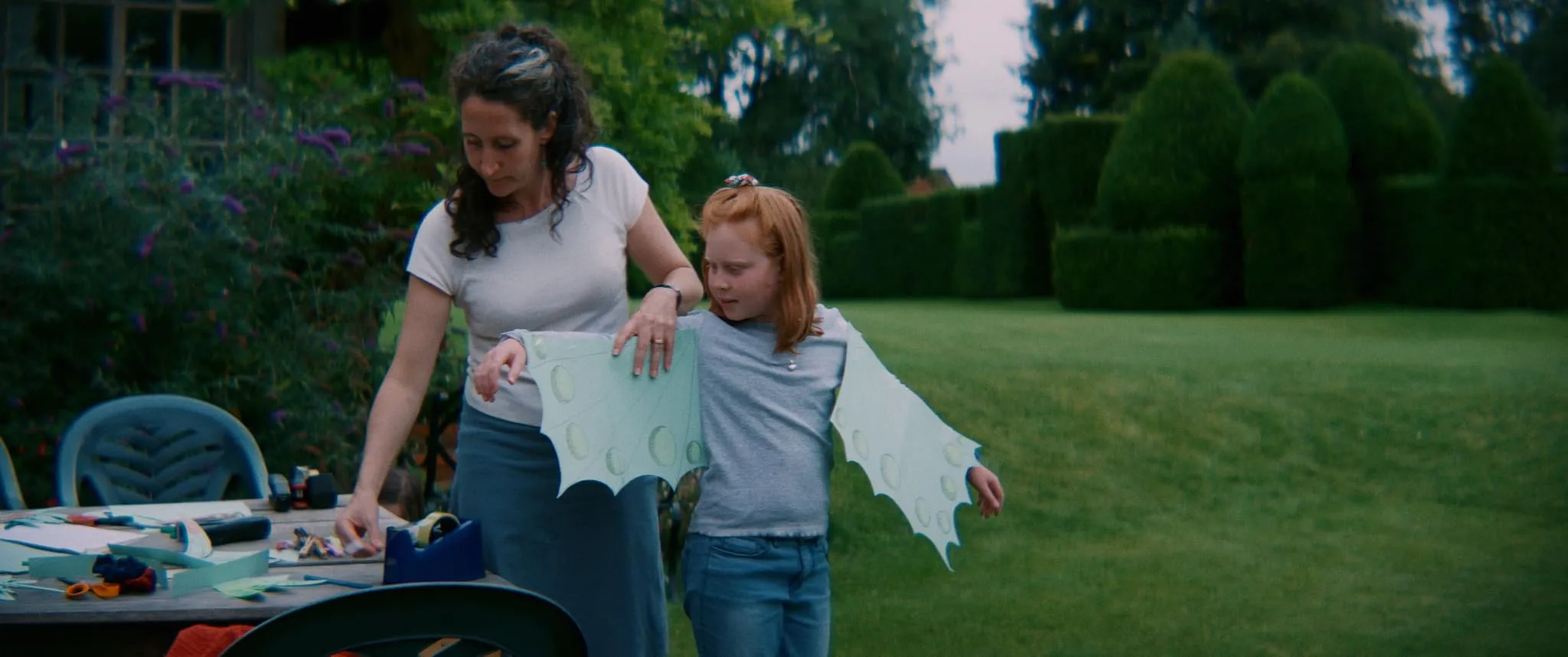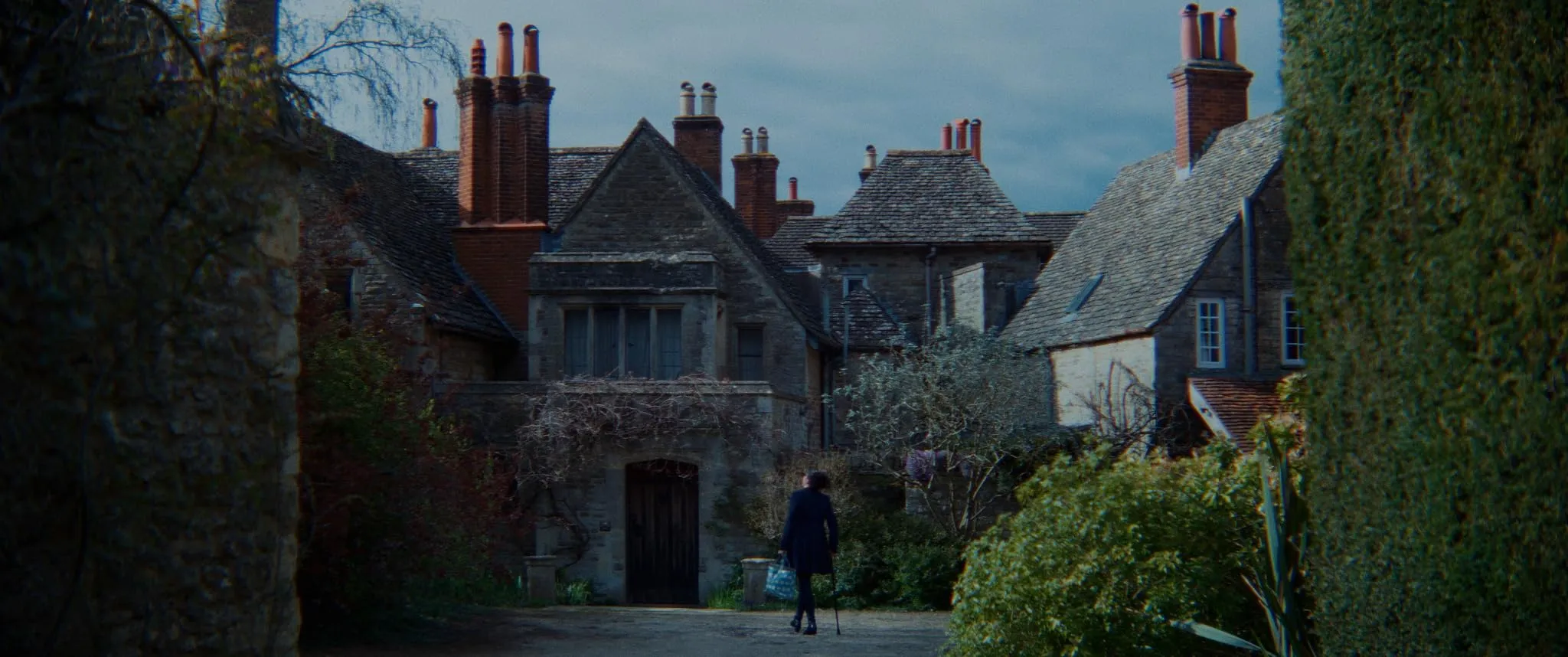Some films arrive like a lightning strike, others like a slowly developing photograph. Where Dragons Live belongs to the second category. Director Suzanne Raes invites us into a very private, almost hermetically sealed world at the moment it is being dismantled.
The film introduces us to the Impey siblings, four adults faced with the monumental job of clearing out Cumnor Place, their sprawling, ancient childhood home in Oxfordshire. Their brilliant, difficult parents are now gone—father Oliver, an antiquarian, died years ago, and mother Jane, a neuroscientist, has recently passed.
What remains is the house itself, a labyrinthine structure overflowing with a lifetime of books, art, papers, and objects. Raes’s camera is patient and unobtrusive, capturing the quiet, emotionally charged atmosphere of a family sorting through not just possessions, but the very architecture of their own memories. It’s a gentle, observational work that sets a mood of both tender nostalgia and a faint, persistent unease.
The Walls Hold the Stories
Cumnor Place is so much more than a location; it is the film’s central character. The camera treats it as such, exploring its medieval halls, countless chimneys, and mysterious stairways with a sense of awe. We learn the house was purchased in the 1960s with money from the sale of a single, hugely valuable painting: Rogier van der Weyden’s Saint George and the Dragon.
This origin story hangs over the entire film, a mythic beginning for a family that would create its own set of myths. The cinematography lingers on the “wonderful clutter” that packs every room, turning the siblings’ task into a kind of emotional archaeology.
It reminds me of a specific type of English film, the “big house” story, but Raes strips away the costume drama to find something more authentic. We are simply watching people navigate a living museum of their own past, a place that is both magical and, as the grandchildren note, distinctly haunted.
The Ghosts in the Manor
The personalities that filled this house were as formidable as its stone walls. The film pieces together a fascinating portrait of the parents, Oliver and Jane Impey. He was an expert on art and a noted author; she was a respected brain scientist.
They were, by all accounts, intellectually dazzling. Yet the memories of their children are shaded with complexity. They still refer to their parents as “mama” and “papa,” a small detail that speaks volumes about the persistence of childhood roles. Through anecdotes and old family photos, a picture emerges of parents who were demanding, emotionally distant, and at times cruel.
The siblings recall the pressure for academic success and a curious lack of affection. This contradiction is the source of the film’s quiet power. The parents taught their children how to look at the world with an intense, analytical eye, but perhaps failed to show them how to feel inside of it.
What the Dragon Represents
The film’s most potent piece of symbolism is the dragon. It begins with Oliver’s academic obsession with the creature’s appearance in mythology and art. Postcards he sent home were covered in them. But Raes skillfully allows the symbol to expand.
The dragon ceases to be a simple intellectual curiosity and becomes a metaphor for what lurks beneath the surface of this family’s life. It stands for deep-seated, unspoken fear. It is the shape of unexpressed emotion and the absence of warmth.
In one of the film’s most direct moments, the siblings suggest that the true dragon of the house was not their father, who playfully called himself one, but their fearsome mother. It’s a masterful use of a central image, connecting the painting that bought the house to the emotional price of living inside it.
Sifting Through What Remains
Watching the Impey siblings sort through their family’s effects, I was reminded of going through my grandfather’s old desk, where every receipt and paperclip seemed to hold a story I would never fully know. The film captures this universal experience with precision.
In a telling moment, the youngest sibling, Harriet, quietly notes that her serious autoimmune disease, which struck at age 11, “was never talked about.” This single line illuminates the family’s code of emotional silence.
Their task is not just about cleaning a house for sale; it is about processing a complicated inheritance. The film watches them decide what to carry forward and what to leave behind, documenting the poignant act of a family letting go of the one place that defined them.
Where Dragons Live Released in the UK on May 2, 2025, it is now screening in select European cinemas and is expected to be available on streaming platforms like MUBI soon.
Full Credits
Director: Suzanne Raes
Producers: Ilja Roomans
Co‑Producers: Reece Cargan
Executive Producers: Mark Thomas
Cast: Edward Impey, Harriet Impey, Lawrence Impey, Matthew Impey
Director of Photography (Cinematographer): Victor Horstink
Editor: David Arthur
Composer: Alex Simu
The Review
Where Dragons Live
Where Dragons Live is a patient and deeply intelligent documentary that uses the act of clearing out a family home to excavate a lifetime of unspoken feeling. It is a quiet, beautifully crafted film that trusts its audience to appreciate its subtle approach and rich symbolism. While its deliberate pace is not for everyone, it offers a rewarding look at the complex architecture of memory, family, and inheritance.
PROS
- Creates a powerful, haunting atmosphere centered on the house.
- Intelligent use of the dragon as a central symbol for fear and love.
- A patient and observant directorial style that respects its subjects.
- Offers a complex and honest portrait of a family's emotional legacy.
CONS
- The slow, quiet pacing may feel uneventful to some viewers.
- Its focus on a highly privileged family might alienate certain audiences.
- The emotional distance of the subjects could prevent some from connecting.













